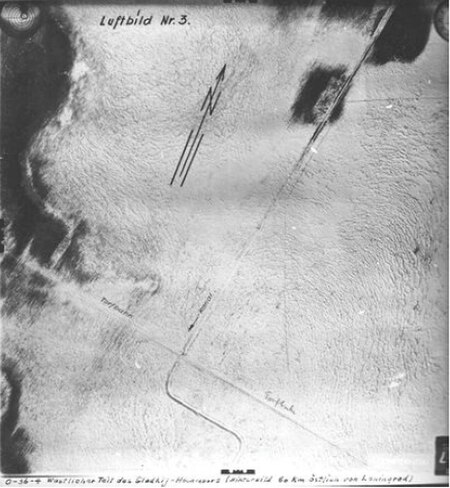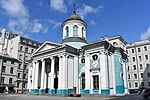Road of Life

The Road of Life (Доро́га жи́зни, doroga zhizni) was the set of ice road transport routes across Lake Ladoga to Leningrad during the Second World War. They were the only Soviet winter surface routes into the city while it was besieged by the German Army Group North under Feldmarschall Wilhelm Ritter von Leeb.The routes operated in the winters of 1941-1942 and 1942-1943. Construction and operation were performed under German artillery and aerial bombardment. In January 1943 the Soviet's Operation Iskra broke the encirclement, and the ice roads were used in conjunction with land routes for the remainder of the winter.The routes carried supplies necessary to sustain life and resistance inside the Leningrad pocket, and evacuated non-combatants, wounded, and industrial equipment. Over 1.3 million people, primarily women and children, were evacuated over the roads during the siege. The Road of Life is now a World Heritage Site.
Excerpt from the Wikipedia article Road of Life (License: CC BY-SA 3.0, Authors, Images).Road of Life
Sadovaya street, Saint Petersburg Apraksin Dvor (округ № 78)
Geographical coordinates (GPS) Address Nearby Places Show on map
Geographical coordinates (GPS)
| Latitude | Longitude |
|---|---|
| N 59.933333333333 ° | E 30.333333333333 ° |
Address
Sadovaya street 22
191023 Saint Petersburg, Apraksin Dvor (округ № 78)
Saint Petersburg, Russia
Open on Google Maps









